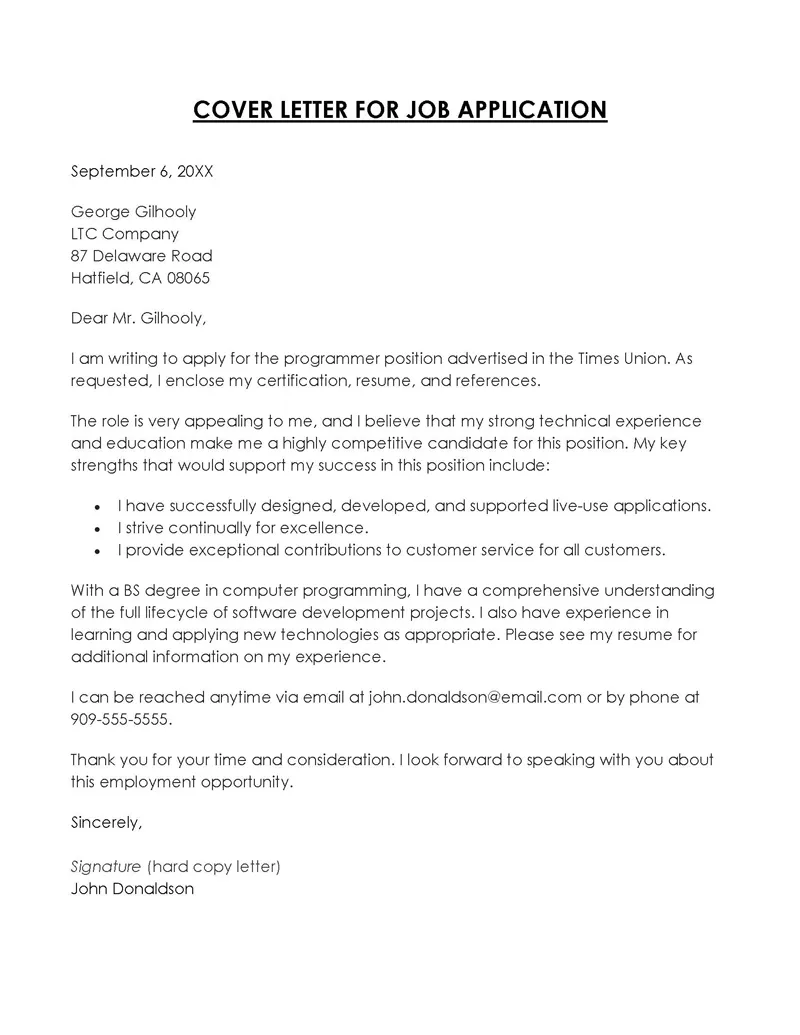Understanding the Purpose of a Cover Letter
A cover letter serves as your introduction to a potential employer, offering a glimpse beyond your resume. It’s your opportunity to showcase your personality, express genuine interest in the role, and highlight how your skills and experience align with the job’s requirements. Unlike a resume, which provides a factual overview, a cover letter allows you to tell a story and connect with the hiring manager on a more personal level. It’s a chance to elaborate on your qualifications, explain any career transitions, or address specific aspects of the job posting that resonate with you. A well-crafted cover letter significantly increases your chances of getting noticed and securing an interview, making it an essential tool in your job search toolkit. Mastering the art of cover letter writing is therefore crucial for career success. The goal is to make a strong first impression, which is key to making a strong impression on the hiring manager.
Key Components of a Strong Cover Letter
A compelling cover letter includes several key elements that work together to create a persuasive narrative. These include your contact information, the hiring manager’s details, a professional greeting, an engaging opening paragraph, a section highlighting relevant skills and experience, demonstrable achievements, and a tailored approach to the specific job description. Additionally, it’s crucial to showcase your enthusiasm and interest in the role and the company. The closing paragraph should express gratitude, reiterate your interest, and clearly state your next steps. The entire letter should be well-formatted, with a professional font and size, and meticulously proofread for any errors in grammar or spelling. Proper structure and attention to detail are very important.
Your Contact Information
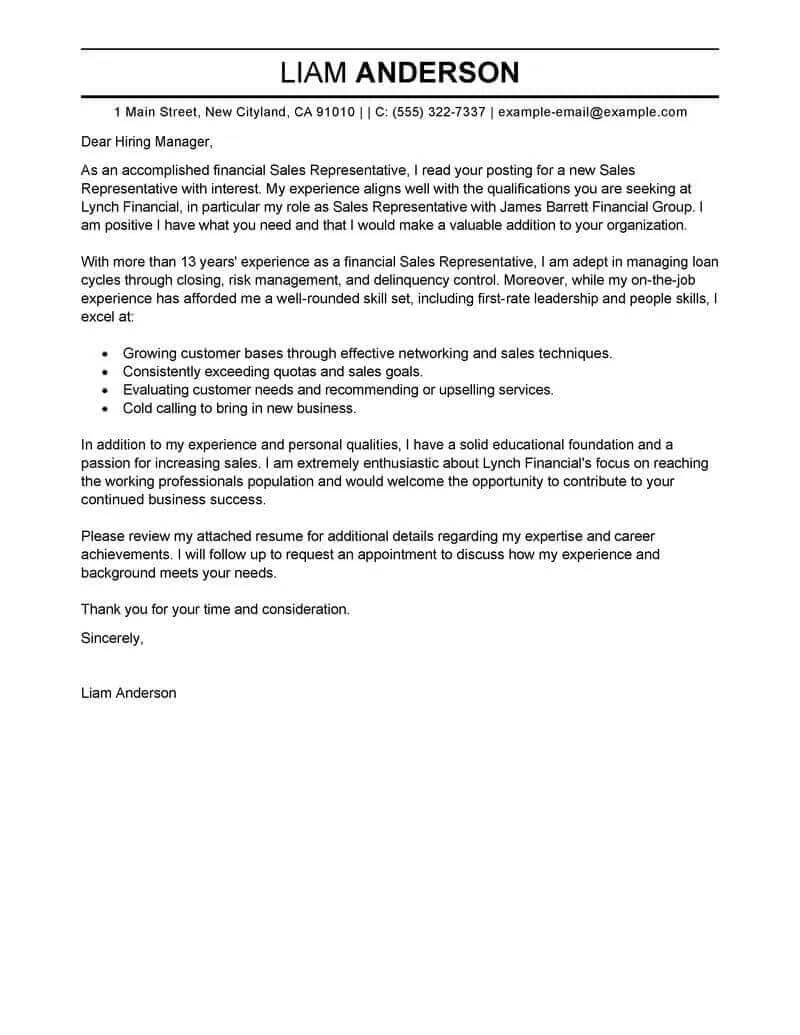
At the top of your cover letter, clearly display your contact information. This includes your full name, phone number, email address, and optionally, your LinkedIn profile URL. Ensuring your contact details are accurate and easy to find is crucial for the hiring manager to reach you promptly. Use a professional-looking email address, avoiding nicknames or informal language. Present this information in a clean, concise format, typically left-aligned, to ensure readability. It allows recruiters to easily contact you.
The Hiring Manager’s Information
Whenever possible, address your cover letter to a specific person, the hiring manager. Research the company website or LinkedIn to find the name and title of the person responsible for hiring. Addressing the letter to an actual person demonstrates your initiative and attention to detail. If you can’t find a name, use a professional title such as ‘Hiring Manager’ or ‘Recruiting Team.’ This personalized approach is much more effective than a generic greeting like ‘To Whom It May Concern.’ Researching this information will greatly help your cause.
Greeting the Hiring Manager
Begin your cover letter with a professional and engaging greeting. Using the hiring manager’s name, such as ‘Dear Mr. Smith,’ is ideal. If you are unsure of the name, a polite and formal greeting like ‘Dear Hiring Manager’ or ‘Dear Recruiting Team’ is acceptable. Avoid overly casual greetings. The greeting sets the tone for the entire letter, so make sure it reflects your respect and professionalism. Maintaining a formal tone and attention to detail sets a great first impression.
Writing an Engaging Opening Paragraph
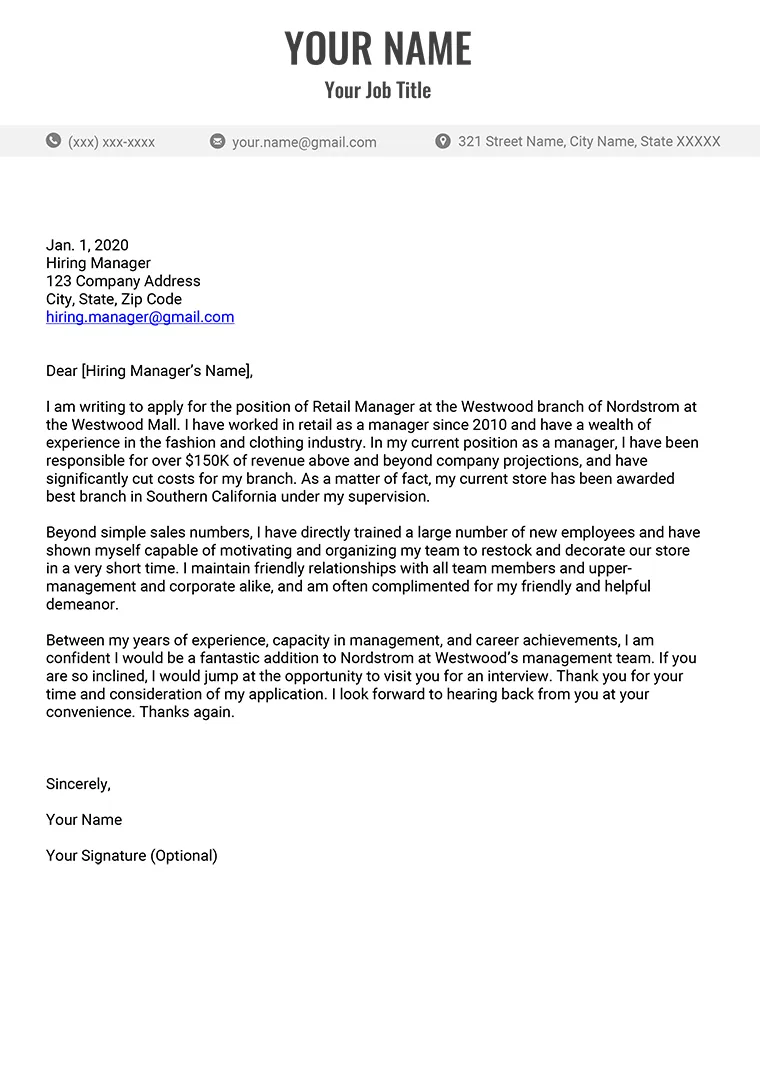
The opening paragraph is your chance to grab the reader’s attention. Start with a concise and compelling statement that immediately conveys your interest in the position and the company. Briefly mention where you saw the job posting and why it caught your eye. Consider starting with a strong statement about your passion for the field or a quick summary of a relevant achievement. Avoid generic opening lines. Tailor this paragraph to the specific role and company to make it stand out. The opening paragraph is one of the most important parts of the cover letter.
Highlighting Relevant Skills and Experience
The body of your cover letter is where you highlight the skills and experience that align with the job description. Select the most relevant skills and experiences from your resume and elaborate on them. Provide specific examples of how you’ve used these skills in past roles and the positive outcomes you achieved. Quantify your achievements whenever possible. Tailor this section to match the keywords and requirements outlined in the job posting, showcasing your understanding of the role and how you can contribute to the company’s success. This is where you show you can do the job.
Showcasing Achievements and Quantifiable Results
Instead of simply listing your responsibilities, focus on showcasing your accomplishments and the measurable results you’ve achieved. Use the STAR method (Situation, Task, Action, Result) to provide detailed examples of your contributions. Quantify your results whenever possible – for example, ‘Increased sales by 15%’ or ‘Reduced customer complaints by 20%.’ This approach demonstrates your value to potential employers and provides concrete evidence of your abilities. Provide specific examples and show how you’ve added value to prior employers.
Tailoring Your Cover Letter to the Job Description
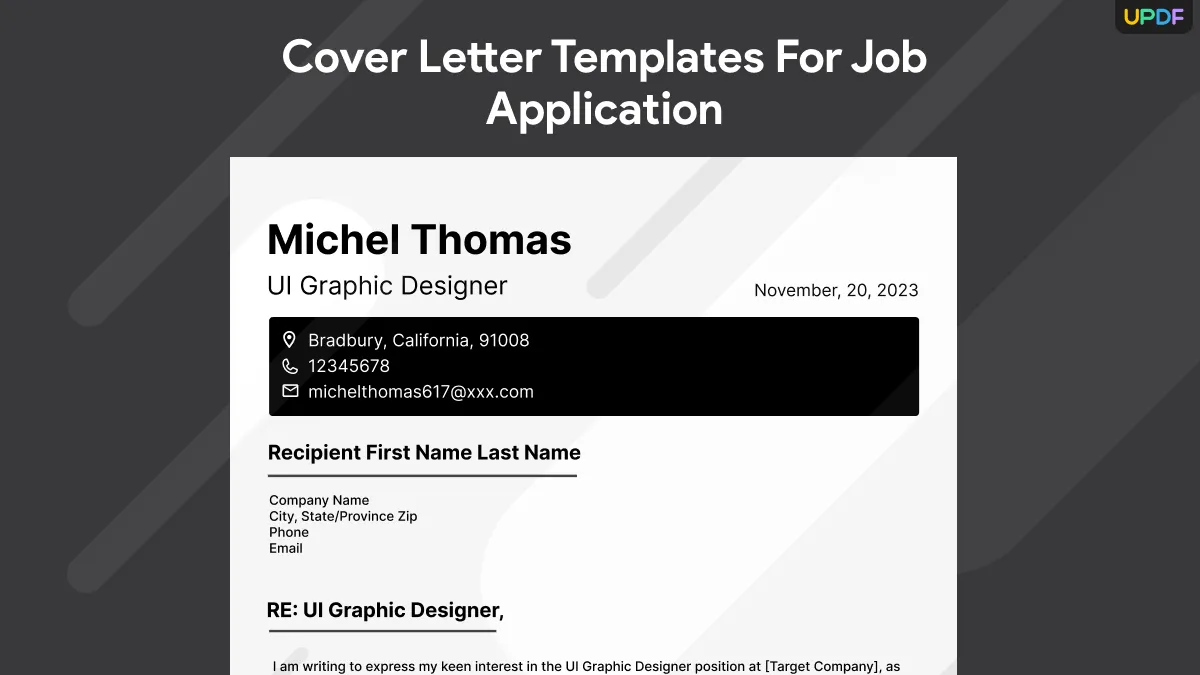
Each cover letter should be customized for the specific job you’re applying for. Carefully review the job description and identify the key requirements, skills, and qualifications the employer is seeking. Then, use your cover letter to demonstrate how your background aligns with those specific needs. Highlight relevant experiences, skills, and achievements, and use keywords from the job description to show that you’ve thoroughly read and understood the role. This tailored approach significantly increases your chances of making a positive impression.
Addressing the Specific Requirements
In your cover letter, directly address the specific requirements listed in the job description. Demonstrate how your skills, experience, and qualifications meet these requirements. Provide concrete examples to support your claims. For instance, if the job requires experience with a particular software, briefly describe your proficiency and give an example of how you’ve used it in a previous role. This targeted approach proves your suitability for the position.
Demonstrating Your Enthusiasm and Interest
Show genuine enthusiasm and interest in the role and the company. Briefly explain why you are excited about the opportunity and why you are a good fit for their culture. You can mention specific projects, initiatives, or values that resonate with you. This expression of interest goes beyond simply stating that you want the job and shows that you have a deeper understanding of the company and a passion for the work. Show that you care and that this is not just a job to you.
Crafting a Compelling Closing Paragraph
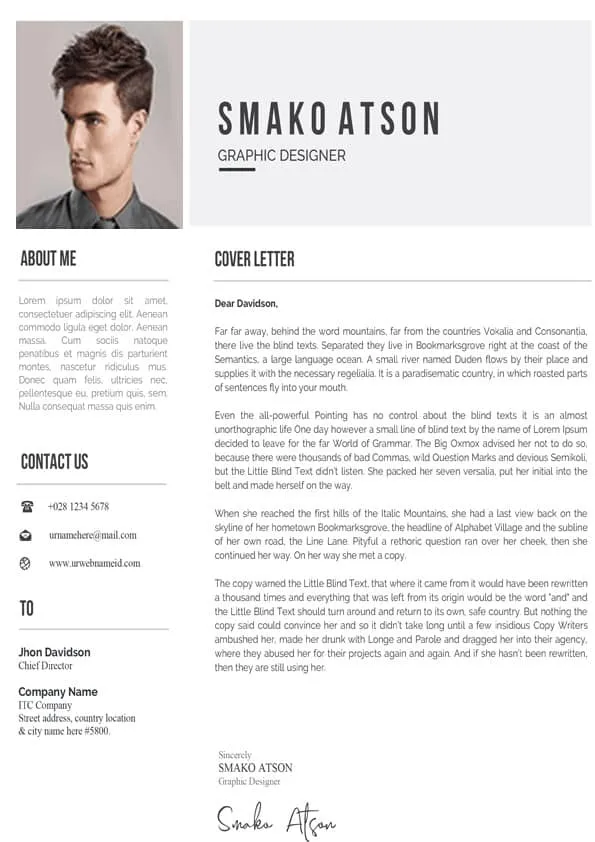
The closing paragraph should reinforce your interest and summarize your qualifications. Briefly reiterate why you are a strong candidate and what you can bring to the role. Express your gratitude for the hiring manager’s time and consideration. End with a clear call to action, such as expressing your eagerness to discuss your qualifications further in an interview. A strong closing paragraph leaves a lasting positive impression.
Expressing Gratitude and Next Steps
Always express your gratitude for the hiring manager’s time and consideration. This shows respect and professionalism. State your interest in the next steps, such as an interview, and how you can be contacted. Be specific about your availability and willingness to provide further information. Ending your cover letter with a positive and proactive statement will increase your chances of getting an interview.
Formatting and Proofreading Your Cover Letter
Formatting and proofreading are crucial for a professional cover letter. Choose a clean, easy-to-read font, such as Times New Roman, Arial, or Calibri, and use a standard font size (11 or 12 points). Maintain consistent margins and spacing throughout the letter. Proofread your cover letter carefully for any spelling, grammar, or punctuation errors. Have a friend or colleague review it as well, as a fresh pair of eyes can often catch mistakes you might have missed. A well-formatted and error-free cover letter demonstrates attention to detail and professionalism.
Choosing the Right Font and Font Size
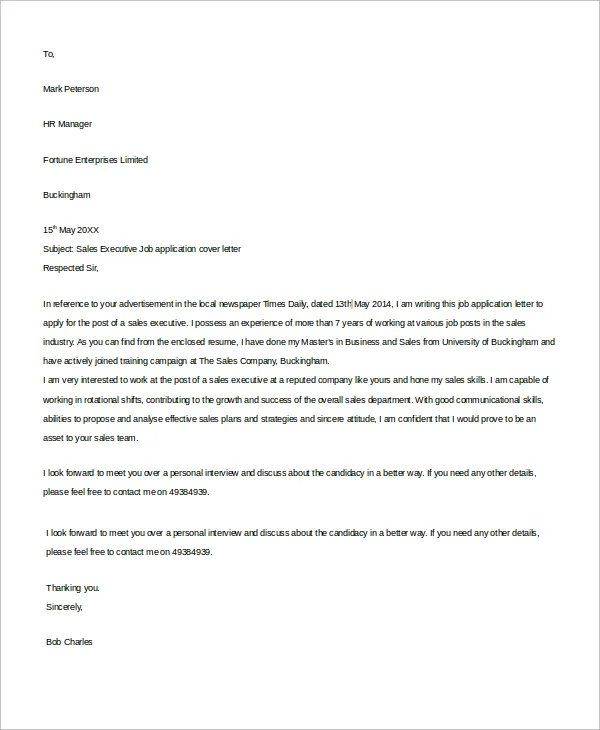
Selecting the right font and font size is essential for readability and a professional appearance. Opt for a standard font like Times New Roman, Arial, or Calibri. Use a font size between 11 and 12 points to ensure the text is easy to read without being too large or too small. Maintain consistency in font and size throughout your cover letter for a polished look. Choosing the right font can set the tone for the entire letter.
Proofreading for Errors
Thorough proofreading is non-negotiable. Carefully review your cover letter for any spelling, grammar, punctuation, and formatting errors. Use spell check and grammar check tools, but also read through the letter multiple times to catch any mistakes. It’s also a good idea to have a friend or colleague review your cover letter. An error-free cover letter demonstrates your attention to detail and professionalism, greatly increasing your chances of a positive impression. These tips are key for your job search.
